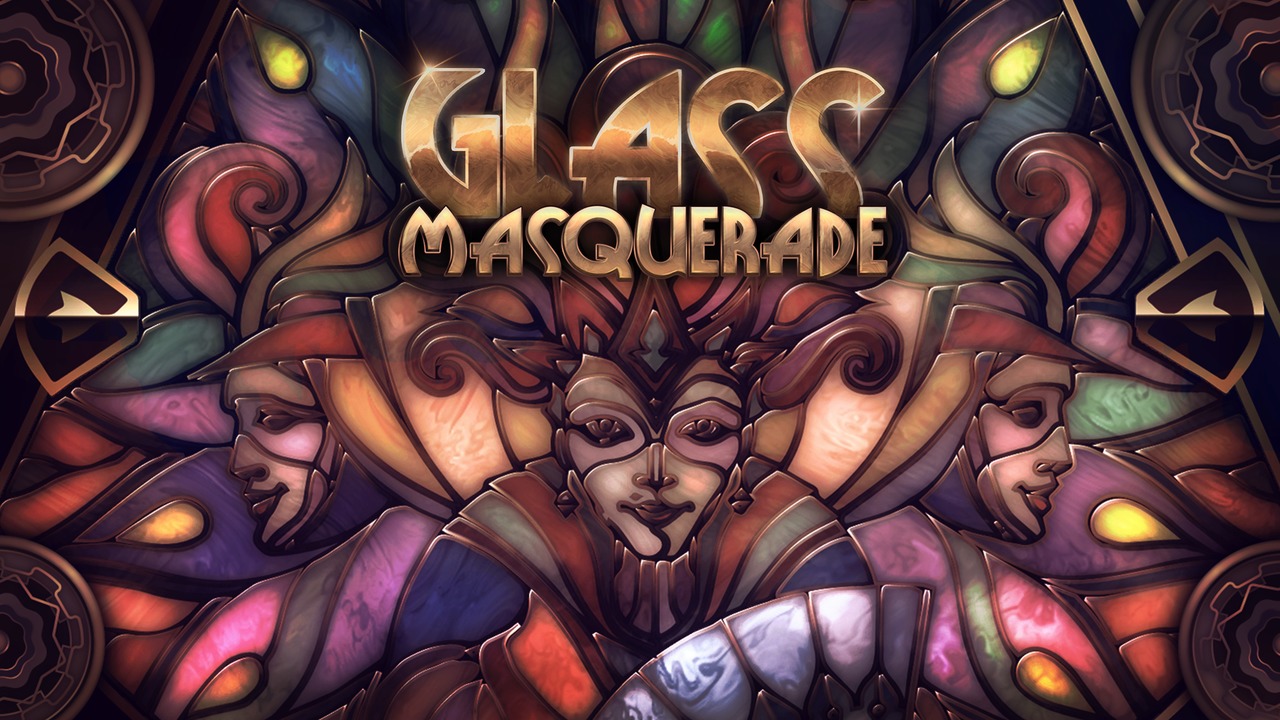Glass Masquerade is a relaxing (sometimes irritating) glorified jigsaw puzzle game where the jigsaw pieces are remnants of shattered stained-glass clocks. Set inside a museum, you’re tasked with fixing these beautiful pieces of art by piecing the broken shards back together. Simply drag and drop the pieces onto the clock face, and you will be amazed how the jumble of sharp edges and colour eventually build a recognisable picture.
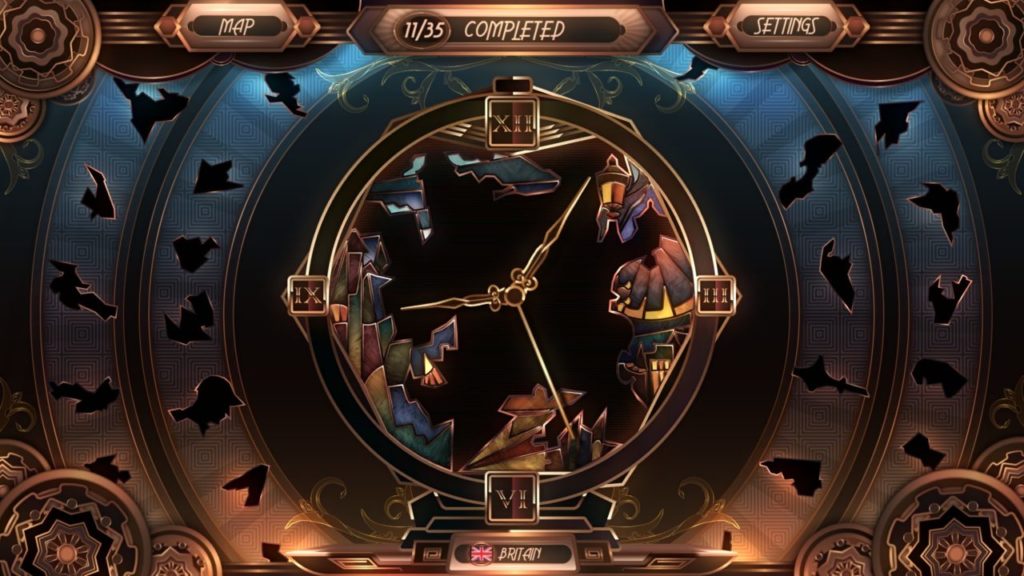
Although each level has its own difficulty rating it wasn’t unusual to find the later advanced levels easier than the introductory ones. The symmetrical ones were especially easy because once you’ve completed one half of the puzzle you’ve practically already cracked the other half. Glass Masquerade isn’t a particularly challenging game but I don’t think it’s supposed to be. It wants to be as inviting as possible.
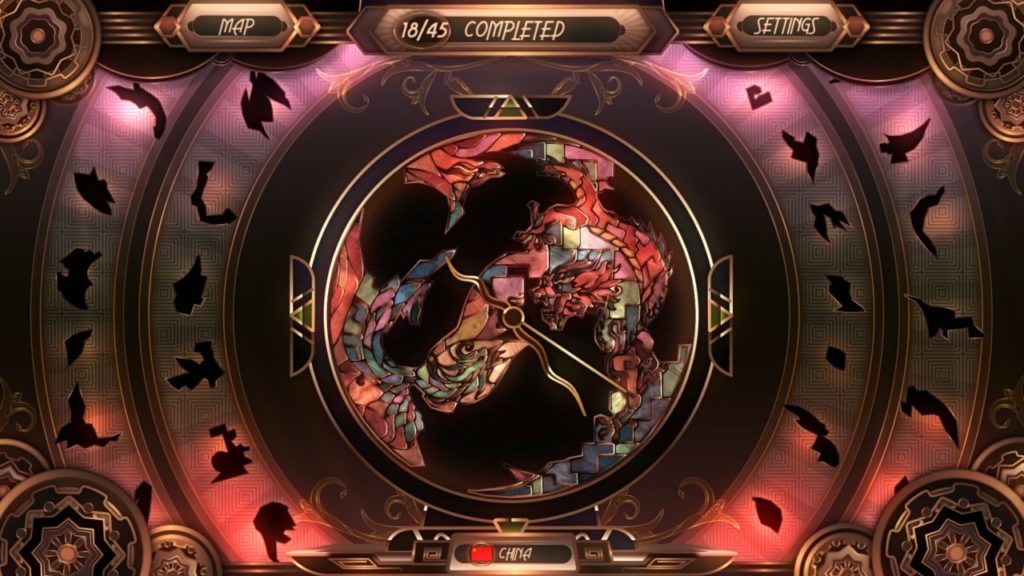
Glass Masquerade was clearly designed to be a relaxing experience that anyone can play. The controls are simple and reductive, opting to only use a button to select a piece, a thumbstick to move and the same button to place the piece down. You can rotate through all the pieces on the board but it’s not mandatory until later levels when there are more pieces to sift through.
As relaxing as that might be, it baffles me why the developers Onyx Lute have chosen clocks as Glass Masquerade’s secondary theme. I find ticking clocks stressful. Clocks also imply urgency, yet there’s no benefit or punishment for your speed (or lack-there-of). Each level does record your time and my wife did have fun trying (and usually succeeding) to beat my time but it had no in-game consequence; it only affected our marriage.
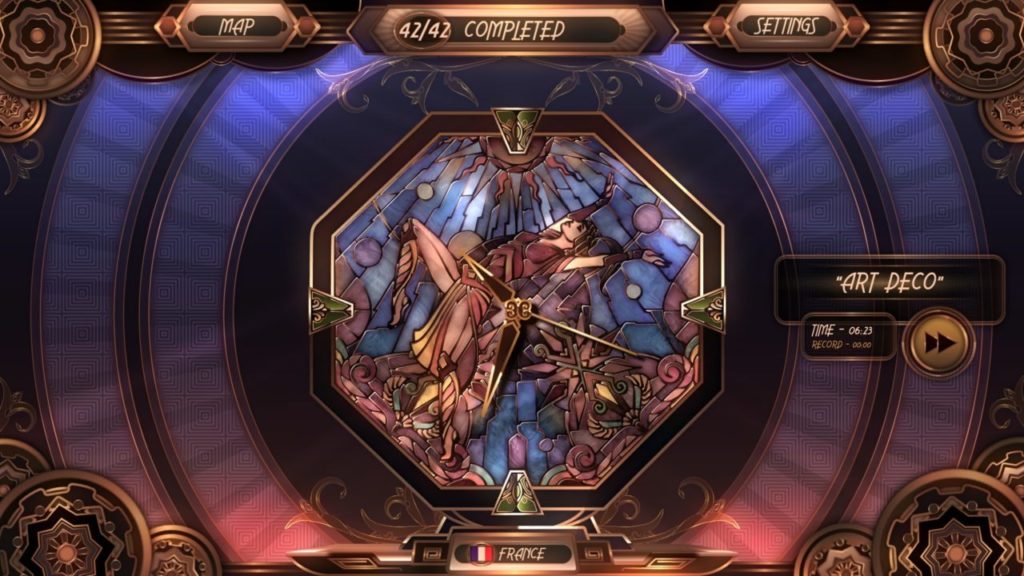
My only other gripes with Glass Masquerade are its accuracy and its soundtrack.
There were multiple times when I would place a broken shard down but instead of it clicking into place it would magnetise back to the selection wheel. Usually this happens when you try to put a piece down in the wrong place but in circumstances where you know it’s correct it was frustrating having to drag-and-drop the same piece for it to magically click into place the second time. It’s obvious Glass Masquerade works better with a mouse as the input translation to the DualShock 4 isn’t quite perfect.
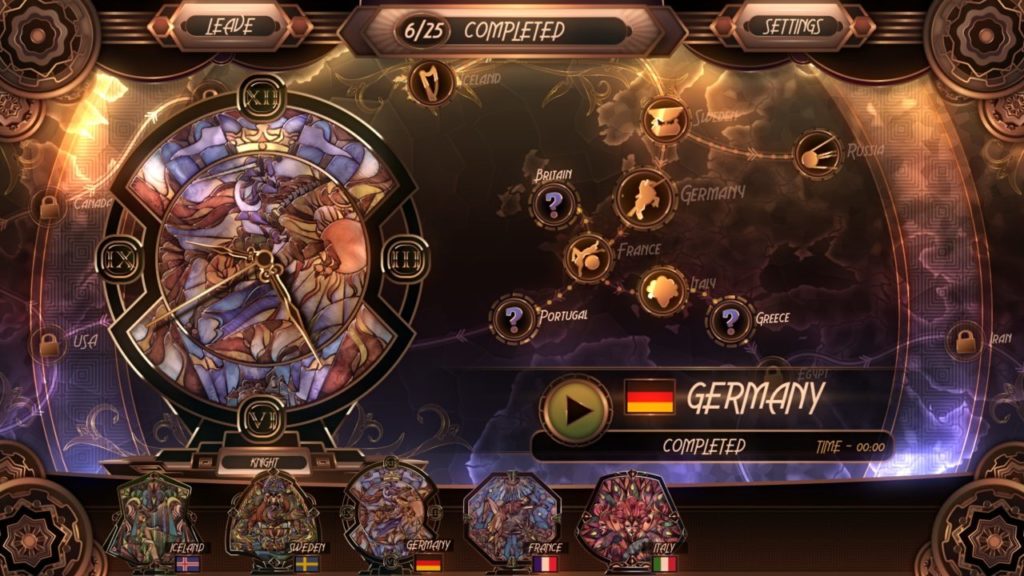
And the music simply wasn’t varied enough. It was peaceful and pleasant but it would have been more impactful if each level had its own unique sound, one that complimented the stained-glass clock you’re rebuilding. I do recall hearing different tracks on a few levels but it was never enough for me to remember. Maybe this has been addressed in Glass Masquerade 2: Illusions but I’ll have to wait for the PlayStation 4 version to find out.
VERDICT
Should you play it? Yes
Why… For starters, it’s less than £10 right now on the PlayStation Store. I’ve paid more for fish and chips. Plus, Glass Masquerade is the perfect introduction to gaming, and it’s also a tasty palette cleanser after a long AAA campaign.
But… It’s one of the least challenging games I’ve played so for veteran gamers it’ll seem like a waste of £10. I also don’t think it would make for a thrilling party game, so there’s not much point throwing it on that weird pile that modern players seem to be accumulating these days. Have fish and chips for dinner instead.
Reviewed on PlayStation 4. Review code supplied by Onyx Lute.




